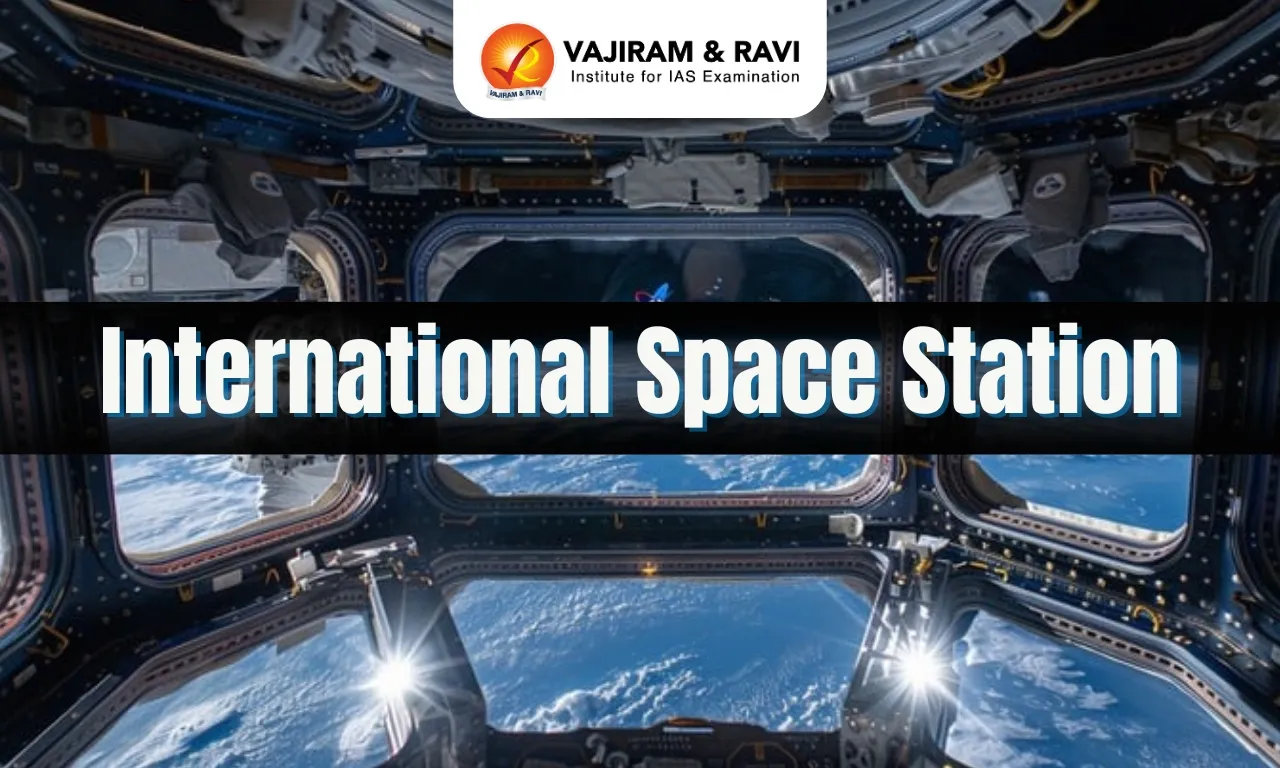The International Space Station is a large spacecraft in orbit around Earth. It serves as a home where crews of astronauts and cosmonauts live. The space station is also a unique science laboratory. It is a unique international collaboration among five space agencies: NASA, Roscosmos, JAXA, ESA, and CSA. The International Space Station is made up of many different modules, each of which has a specific purpose.
The first module of the ISS Zarya control module was launched in 1998, and the station was fully assembled in 2011. The International Space Station has been continuously occupied by astronauts ever since and is expected to remain in orbit until 2030.
About the International Space Station
The International Space Station (ISS) is the largest man-made object in space launched on November 20, 1998. It serves as a habitat for astronauts in space. Since 2011, the ISS has been continuously inhabited.
- Participating States: ISS is a collaborative project of the United States (NASA), Russia's (Roscosmos), Europe's (ESA), Japan's (JAXA), and Canada's (CSA) space agencies.
- Orbit: The International Space Station is in orbit about 400 kilometres above Earth.
- Speed: It travels around Earth at a speed of about 28,000 kilometres per hour. This means that it orbits Earth about every 90 minutes.
- Objectives: To expand our knowledge about space and microgravity and promote new scientific research. It also serves as an example of international cooperation.
Significance of the International Space Station
The International Space Station stood as one of the world's most successful examples of international diplomacy, peace, and collaboration.
- It serves as a testbed for long-duration spaceflight and helps in studying the effects of extended space missions on the human body, which is invaluable for crewed missions to Mars and the Moon.
- Space Medicine Research: The space environment provided insights into treatment for age-related impairments like Alzheimer’s and Parkinson’s disease and cancer in the immune system due to the mimicking of microgravity conditions present in cells.
- Human Spaceflight Expertise: The International Space Station has served as a training ground for astronauts preparing for future space missions to Mars and the Moon.
International Space Station - Important Discoveries
Apart from Drug development, the development of new water purification systems and strategies to reduce muscle and bone atrophy are some of the key discoveries of the International Space Station. Other discoveries are as follows:
- Fundamental disease research
- Discovery of steadily burning cool flames
- Methods to combat muscle atrophy and bone loss
- Exploring the fifth state of matter
- Understanding how our bodies change in microgravity
- Testing tissue chips in space
- Stimulating the low-Earth orbit economy
- Growing food in microgravity
- Deployment of CubeSats from the station
- Monitoring our planet from a unique perspective
- Collecting data on more than 100 billion cosmic particles
- A better understanding of pulsars and black holes
- Capability to identify unknown microbes in space
- Opening up the field of colloid research
- The evolution of fluid physics research
- 3D printing in microgravity
Current Status of the International Space Station
Plans for the future operation of the International Space Station were thrown into uncertainty post-Ukraine War 2022 as the European Space Agency withdrew future collaborations with Russia.
- Russia announced leaving the ISS to build its space station.
- The US and Europe have announced that they will remain committed to the International Space Station till 2030.
- ESA is working towards a new space station, which it is calling Starlab.
Other Space Station Initiatives
Japan, China, India, the United Arab Emirates, and others are also planning to establish their space stations.
- Tiangong is China's self-built space station and has been fully operational since late 2022, accommodating a maximum of three astronauts at an orbital altitude of up to 450 km (280 miles).
- India aims to build an indigenous space station named Bhartiya Antriksh Station by 2035.
- It will be fixed in a 400-kilometre orbit above the Earth, weighing up to 20 tonnes, where astronauts might stay for up to 15-20 days.
Last updated on January, 2026
→ Check out the latest UPSC Syllabus 2026 here.
→ Join Vajiram & Ravi’s Interview Guidance Programme for expert help to crack your final UPSC stage.
→ UPSC Mains Result 2025 is now out.
→ UPSC Notification 2026 is scheduled to be released on January 14, 2026.
→ UPSC Calendar 2026 has been released.
→ UPSC Prelims 2026 will be conducted on 24th May, 2026 & UPSC Mains 2026 will be conducted on 21st August 2026.
→ The UPSC Selection Process is of 3 stages-Prelims, Mains and Interview.
→ Prepare effectively with Vajiram & Ravi’s UPSC Prelims Test Series 2026 featuring full-length mock tests, detailed solutions, and performance analysis.
→ Enroll in Vajiram & Ravi’s UPSC Mains Test Series 2026 for structured answer writing practice, expert evaluation, and exam-oriented feedback.
→ Join Vajiram & Ravi’s Best UPSC Mentorship Program for personalized guidance, strategy planning, and one-to-one support from experienced mentors.
→ UPSC Result 2024 is released with latest UPSC Marksheet 2024. Check Now!
→ UPSC Toppers List 2024 is released now. Shakti Dubey is UPSC AIR 1 2024 Topper.
→ Also check Best UPSC Coaching in India


















